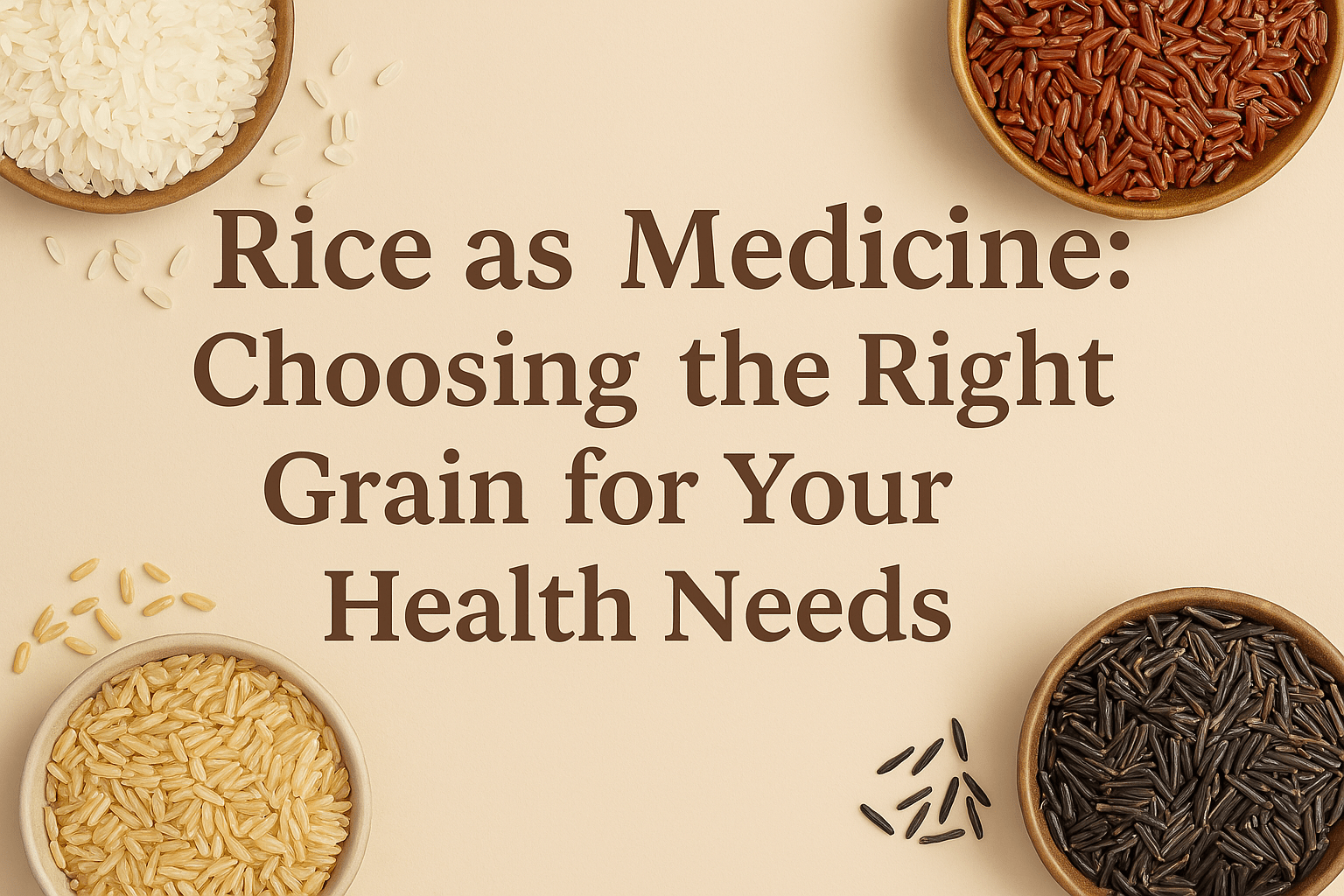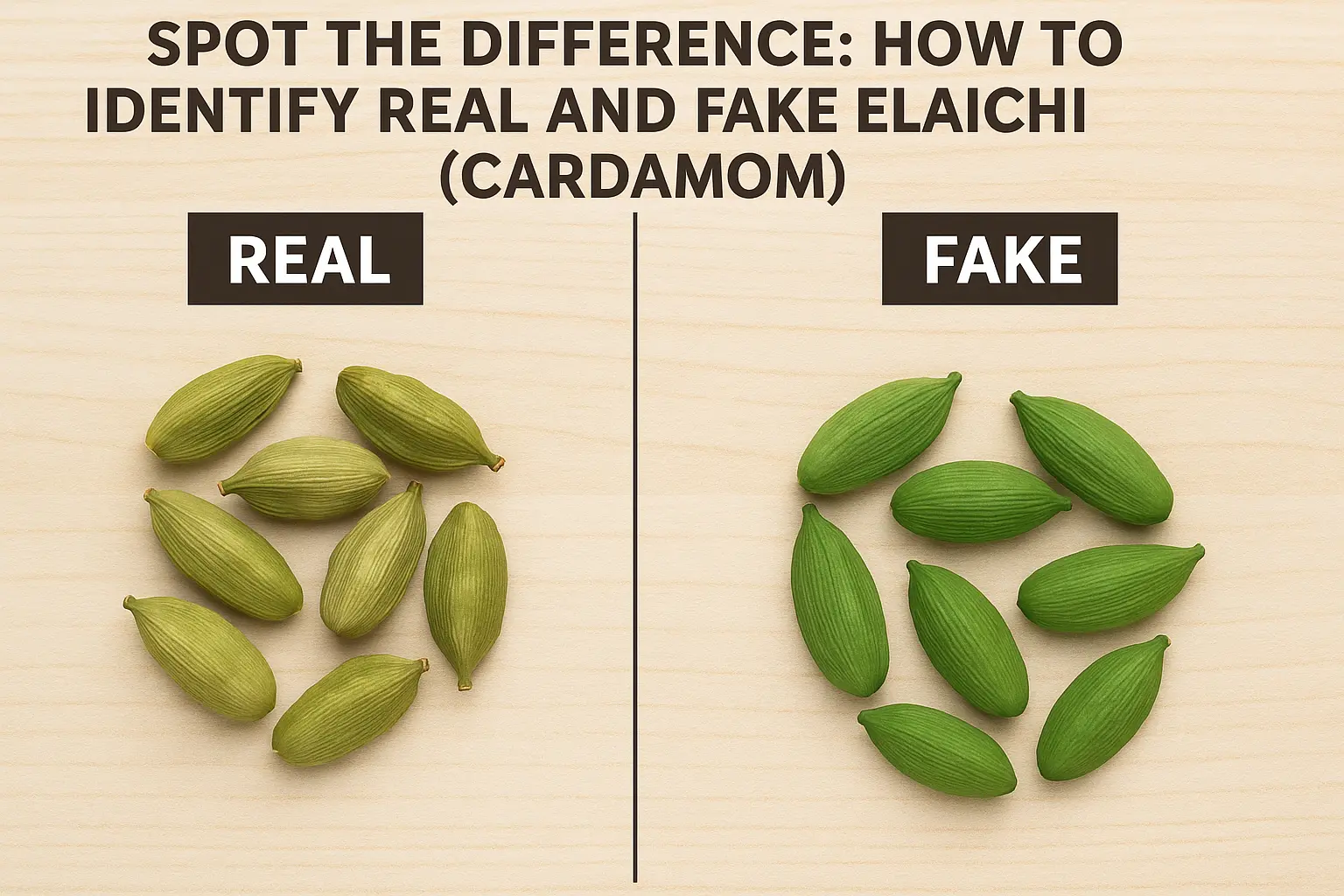The sun is out and vacations are planned, but there’s one summer guest we never invite—excessive hair fall. If you’ve noticed more strands on your pillow, in the shower drain, or on your hairbrush during the hotter months, you’re not alone. Summer brings with it a slew of hair woes thanks to rising temperatures, increased sweating, and exposure to heat and humidity. The good news? It’s preventable and treatable with the right care, Hashtag magazine gives you a lowdown…
Why Does Hair Fall Increase in Summer?
1. Sweaty Scalp and Oil Buildup:
Excessive sweating clogs pores on the scalp, weakening hair roots and leading to hair fall.
2. UV Ray Exposure:
The sun’s UV rays can damage the scalp, weaken the hair shaft, and cause dryness and brittleness.
3. Dehydration:
Your hair needs moisture to stay healthy. If you’re not drinking enough water, your strands can turn weak and break easily.
4. Pool Chlorine and Salt Water:
Frequent dips in the pool or sea? Chlorine and salt strip hair of its natural oils, leaving it dull and vulnerable to breakage.
5. Change in Diet and Routine:
Holiday binging, skipping meals, irregular sleep patterns, or high stress levels can also cause hair to shed more.
How to Control Hair Fall in Summer
1. Keep Your Scalp Clean and Sweat-Free
- Wash your hair regularly (2-3 times a week) with a mild, sulfate-free shampoo.
- Use a scalp scrub or gentle exfoliator once a week to unclog pores.
2. Hydrate Inside Out
- Drink plenty of water—aim for 8-10 glasses a day.
- Include fruits with high water content like watermelon, cucumber, and oranges in your diet.
3. Cover Up When Out in the Sun
- Use a scarf, hat, or umbrella to shield your hair from direct sunlight.
- Opt for protective hairstyles like braids or buns to reduce exposure.
4. Avoid Over-Styling and Heat Tools
- Let your hair air-dry.
- Skip curling irons or straighteners during peak heat days.
- If you must style, always use a heat protectant spray.
5. Oil Massage Once a Week
- Coconut oil, almond oil, or Brahmi oil can deeply nourish the scalp.
- Warm up the oil and gently massage into the scalp to improve blood circulation and strengthen roots.
6. Use a Hair Mask
- Try natural masks like:
- Aloe vera + coconut oil
- Yogurt + honey
- Egg white + olive oil These DIY masks hydrate hair, soothe the scalp, and reduce breakage.
7. Eat Hair-Loving Foods
- Add biotin-rich foods like eggs, nuts, seeds, and spinach.
- Don’t skip iron (leafy greens, legumes), omega-3 (fish, flaxseeds), and protein.
8. Avoid Tight Hairstyles
- Tight ponytails and buns in hot weather can strain hair and cause traction alopecia.
- Choose loose, gentle styles to avoid scalp stress.
9. Use Satin Pillowcases
- They reduce friction, leading to less hair breakage while sleeping.
When to Seek Help
If your hair fall is sudden, or excessive, or you notice bald spots or thinning, it’s wise to consult a dermatologist or trichologist. Summer hair fall is common, but sometimes it could be masking underlying issues like hormonal imbalance, thyroid problems, or nutritional deficiencies.
Final Thoughts
Summer hair fall might be seasonal, but ignoring it can lead to long-term thinning. With a few mindful tweaks in your routine—hydration, scalp care, sun protection, and nourishing foods—you can enjoy a season full of sunshine without hair worries.
Let your hair shine as bright as the summer sun—naturally and healthily.



























